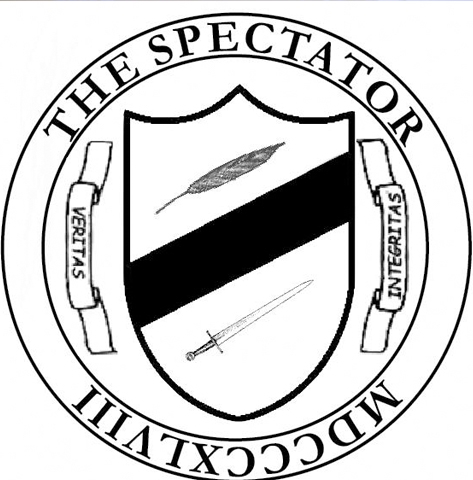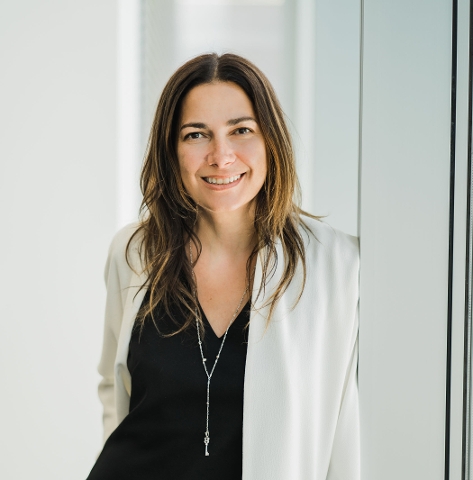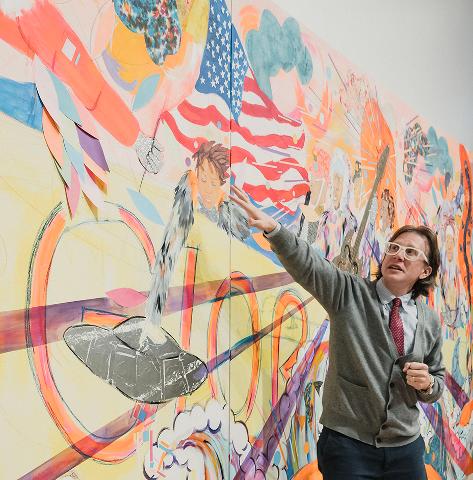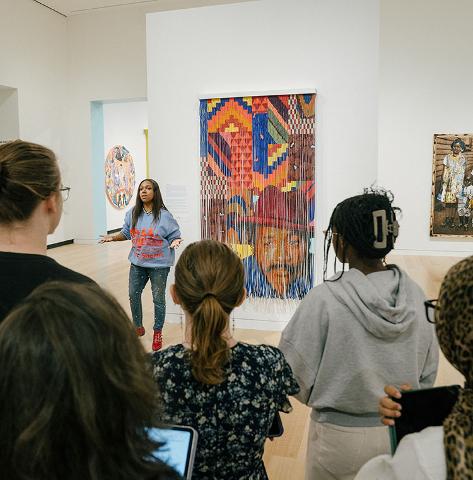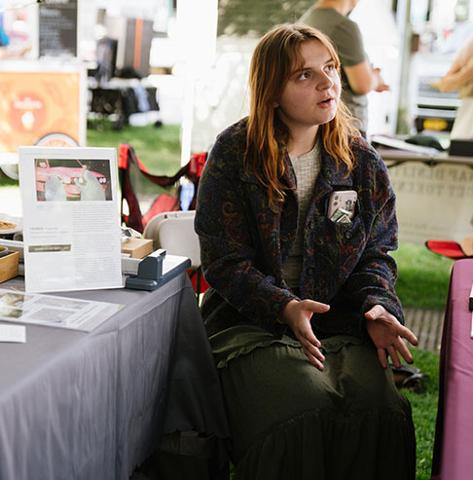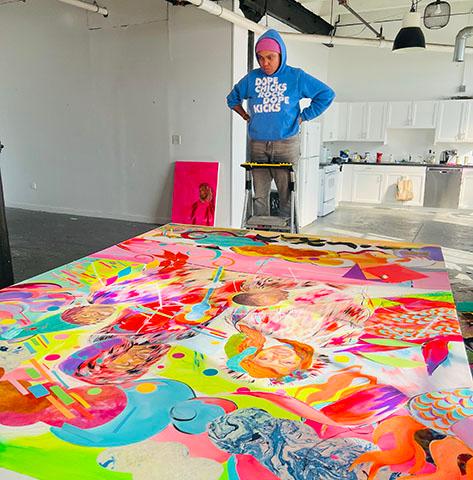Images courtesy of the Ruth and Elmer Wellin Museum.
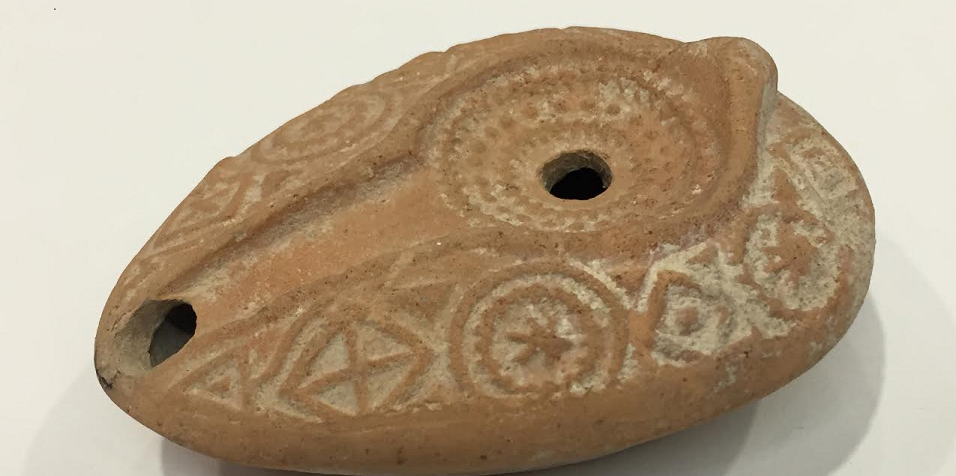
A large portion of the collection of Cypriot antiquities at the Wellin consists of oil lamps, which were used as light sources. In antiquity, olive oil was commonly used as fuel and was poured through the central hole of the lamp, while a flax wick was threaded through the nozzle and lit. Oil lamps were used in many public and domestic spaces including houses, temples, taverns, and tombs. While most of the oil lamps in the Wellin’s collection share common characteristics such as a round shape, central pouring hole, and a nozzle, each of the oil lamps feature unique styles as they were produced in different periods. For instance, many Greek oil lamps are simplistically rendered with large pouring holes, Roman oil lamps can be very circular in shape with animal and human motifs, and Byzantine era lamps are commonly pear-shaped with short handles.
This particular oil lamp was produced during the Byzantine era, likely sometime between the 6th and 8th centuries A.D. It has a typical pear-shaped body and features an ornate raised geometric pattern of diamonds and circles. After the Roman Empire split into eastern and western halves in 330 A.D., the eastern half flourished economically and came to be known as the Byzantine Empire. The western half of the empire fell in 476 A.D., but the Byzantine Empire extended for another thousand years until it fell in 1453 to the Ottomans. As a province in the eastern part of the Roman empire, Cyprus came under Byzantine rule and adopted many mainland cultural practices, most notably Christianity, and artistic styles, as seen in the shape and motif of this oil lamp, which resembles numerous other ones excavated throughout the Byzantine Empire.
This post is the ninth part of a series about the origins and history of the Wellin’s recently acquired collection of Cypriot antiquities. For part one, visit:https://www.hamilton.edu/wellin/wellinformed/unpacking-the-past


